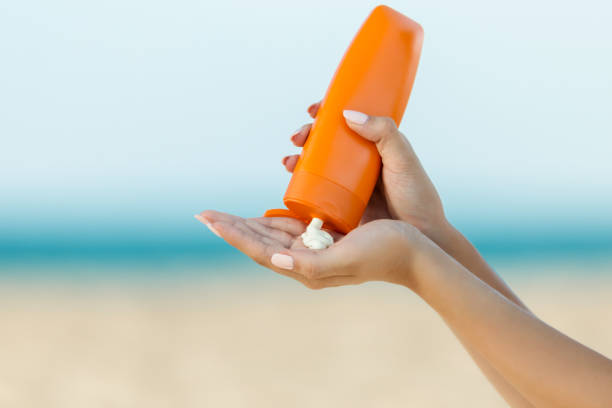
FAQ About Sunscreen

What are the UVA and UVB rays, and does sunscreen protect against both?
UVA and UVB are two types of ultraviolet rays that come from the sun and can cause damage to the skin:
UVA Rays:
- UVA rays have a longer wavelength and can penetrate deeper into the skin compared to UVB rays.
- They are present throughout the day, all year round, and can even penetrate through clouds and glass.
- UVA rays are associated with long-term skin damage, such as premature aging, wrinkles, and loss of skin elasticity.
- UVA exposure is a significant contributor to photoaging (aging caused by sun exposure) and can lead to the development of skin cancers, including melanoma.
UVB Rays:
- UVB rays have a shorter wavelength and are responsible for causing sunburn.
- They are more intense during peak sun hours (usually between 10 am and 4 pm) and are stronger in the summer months.
- UVB rays are the primary cause of immediate skin damage, such as sunburn and tanning.
- Prolonged and repeated exposure to UVB rays can increase the risk of developing skin cancer, including non-melanoma types like basal cell carcinoma and squamous cell carcinoma.
Sunscreen can protect against both UVA and UVB rays when it is labeled as "broad-spectrum." Broad-spectrum sunscreens contain active ingredients that offer protection against both types of UV radiation. The packaging will often indicate if the sunscreen provides broad-spectrum protection.
- UVA Protection: Sunscreens with active ingredients like avobenzone, zinc oxide, or titanium dioxide are effective at blocking UVA rays. These ingredients work by absorbing and reflecting UVA radiation away from the skin.
- UVB Protection: UVB protection is typically provided by ingredients such as octinoxate, homosalate, octocrylene, or other chemical UVB filters. They work by absorbing UVB rays and converting them into less harmful energy.
